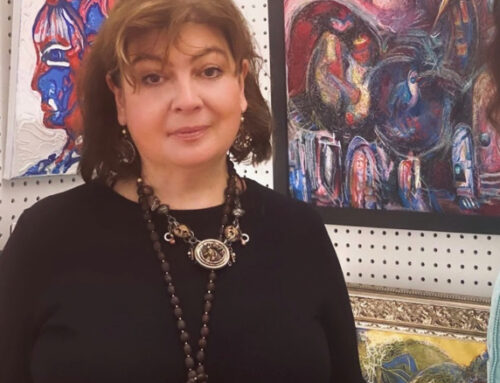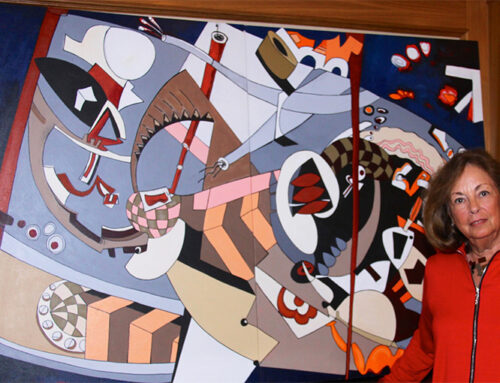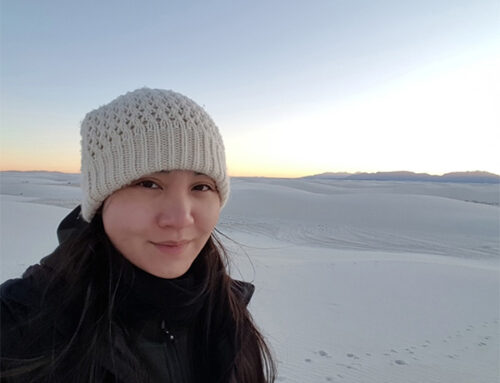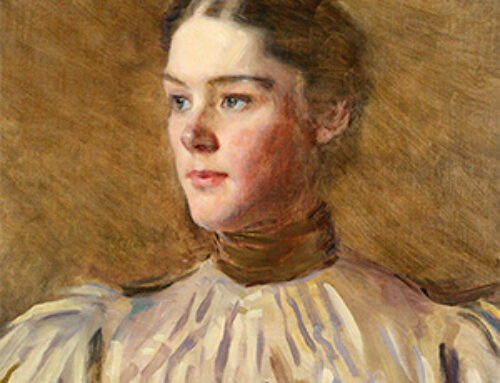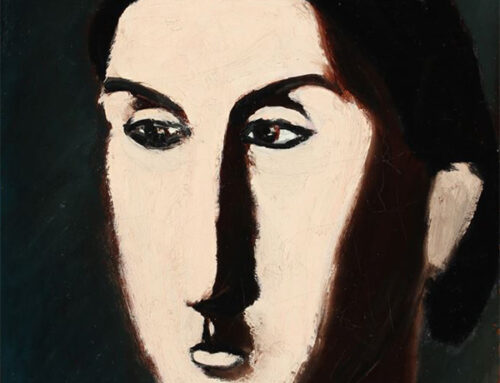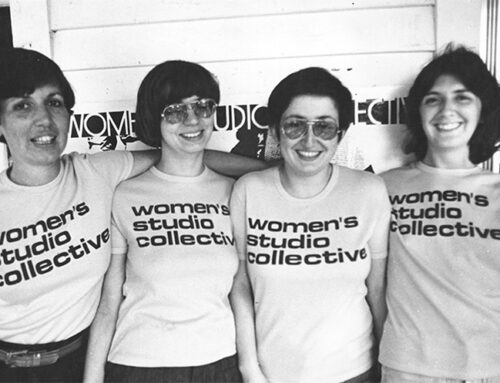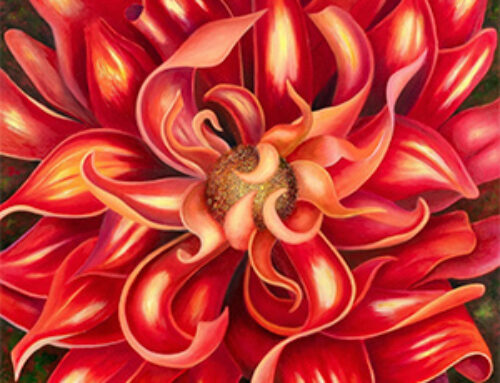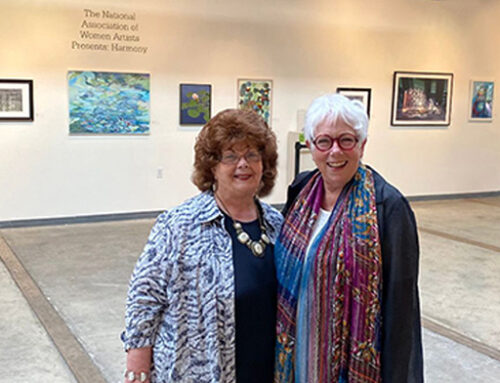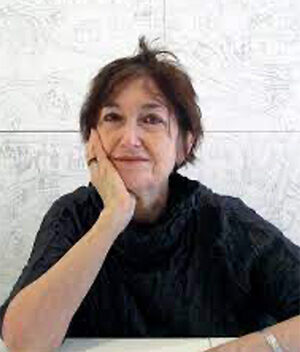 We are proud to announce that the distinguished artist Joyce Kozloff has agreed to join NAWA’s national board as an Honorary Vice President. Many artists nationwide have benefitted from the energy and passion that this artist has demonstrated in advancing the visibility of women’s art in the world-at-large.
We are proud to announce that the distinguished artist Joyce Kozloff has agreed to join NAWA’s national board as an Honorary Vice President. Many artists nationwide have benefitted from the energy and passion that this artist has demonstrated in advancing the visibility of women’s art in the world-at-large.
This year at our annual NAWA Meeting and Luncheon we were honored to have Joyce Kozloff as our keynote speaker. As mentioned in her Wikipedia page, Kozloff was one of the original members of the Pattern and Decoration movement and was an early participant in the 1970s feminist art movements. She has been active in the women’s and peace movements throughout her life. She was also a founding member of the Heresies Collective.

Parkside Portals, 86th St. and Central Park West subway station, C and B lines, Lower Platform Center, 2018, Glass mosaic and ceramic tiles, 120 in. x 156 in.
We have compiled a list of links for those of you interested in learning more about Kozloff’s work in the founding of the Feminist Art Movement, the Pattern and Decoration Movement, the Heresies Collective as well as her public works projects, books written,installation artworks, and interviews she’s given.

Pornament is Crime #7: Inside the Amber Palace (or the Pasha Peeks), 1987, watercolor/paper, 22 in. x 22 in.
1983/San Francisco Airport

Bay Area Funk
For those of you who were not able to join us at the New York National Arts Club event, this link is to a videotaped lecture now on YouTube covering some of the same material that Joyce presented at our luncheon.
The Brooklyn Rail: Zoom conversation with Joyce Kozloff and Ann McCoy
Other links about Joyce Kozloff of Interest:
Joyce Kozloff website
Wikipedia: Joyce Kozloff
In her role as an active and engaged artist and human being, Joyce Kozloff was instrumental in founding movements vital to art’s evolving history. Additional information of interest can be found below:
(The Pattern and Decoration Movement was a United States art movement from the mid-1970s to the early 1980s. It consisted of artists, many of whom had art education backgrounds, who had been involved with the abstract schools of art of the 1960s.The movement was influenced by sources outside of what was considered to be fine art. Blurring the line between art and design, many works mimic patterns like those on wallpapers, printed fabrics, and quilts. Floral imagery, patterning, and decoration are associated with the feminine. Artists included elements of crafts such as needlepoint and beading, which were traditionally done by women within the domestic sphere. By including these elements in their work, they dismantle the hierarchy of fine art over craft, and thereby raise questions about public (male) verses domestic (female) spaces, and fine art versus utilitarian objects.)
Wikipedia: Pattern and Decoration Movement
https://en.wikipedia.org/wiki/Pattern_and_Decoration
Heresies Collective: Founded in 1976 by a group of feminist artists, with the goal of increasing discourse around the ideas of feminism, politics, and their relationship to art.
https://en.wikipedia.org/wiki/Heresies_Collective
The Heresies Collective’s primary output was a reoccurring publication titled Heresies: A feminist publication on art and politics.
Wikipedia: Heresies: A Feminist Publication on Art and Politics
https://en.wikipedia.org/wiki/Heresies:_A_Feminist_Publication_on_Art_and_Politics
Video Interviews with Joyce Kozloff:
Artforum In Conversation Video with David Velasco: Under the Cover: Joyce Kozloff
https://www.artforum.com/video/david-velasco-in-conversation-with-joyce-kozloff-86910
Links and verbiage supplied by the online resources of Google search, Wikipedia, YouTube, Artforum, the Heresies Film Project, The Brooklyn Rail, the Brooklyn Museum.
Brooklyn Museum: Burning Down the House exhibition 2008:



